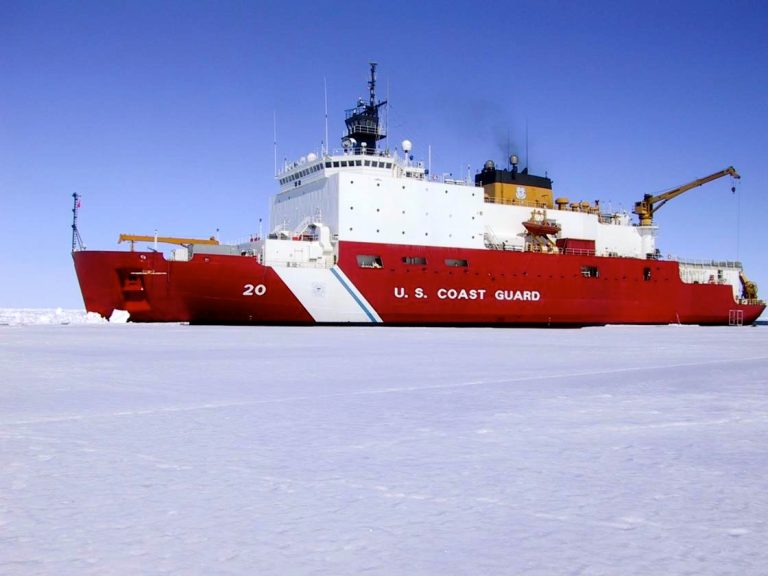DBO
The Distributed Biological Observatory (DBO) is a multidisciplinary Arctic ocean sampling program supported, in part, by NOAA Global Ocean Monitoring and Observing’s Arctic Research Program (NOAA GOMO-ARP). Support from NOAA GOMO-ARP includes an annual scientific cruise to the Pacific Arctic region during which scientists take a wide range of physical, chemical, and biological samplings. The DBO has designated eight “hot spots” areas across the Bering, Chukchi, and Beaufort seas where multidisciplinary sampling is focused. These “hot spots” have been chosen because of their high concentrations of ecosystem productivity, biodiversity, and overall rates of change. The DBO is designed as a change detection array along latitudinal and longitudinal gradients extending from the northern Bering Sea to the Barrow Arc and eastward to Cape Bathurst in the Canadian Beaufort Sea. The objective of DBO is to track biological responses to the changing physics evident in the Arctic. The DBO science is conducted as a collaboration between multiple U.S. federal agencies, academic institutions, and many other nations conducting marine science in the Arctic.
The annual NOAA GOMO-ARP Arctic research cruise is conducted aboard the US Coast Guard HEALY, a large ice breaker. DBO scientists use instruments deployed off the side of the USCG HEALY to take oceanographic samplings. The USCG HEALY can operate in conditions of -50⁰F, while supporting up to 50 scientists and providing over 4,200 feet of scientific laboratory space. The capabilities of the vessel allow scientists to reach remote areas and stay on the water for an extended period of time. By being on the vessel and conducting real time sampling, scientists can make appropriate choices about how to collect data and what data to sample in the different designated region. Many different oceanic measurements are taken in the DBO program, including sampling water temperature and salinity, as well as zooplankton.
A commonly used instrument called a Conductivity, Temperature, and Depth (CTD) Rosette measures salinity, temperature, depth, and conductivity of the water in real time. Measuring these basic properties of the ocean water helps scientists understand ocean ecosystems and how weather patterns can be affected by salinity.
Another instrument used by DBO scientists is called a Van Veen grab. This device samples sediment and benthic animals at the ocean floor using a jaw-like tool. The grab allows scientists to study benthic communities that live on or within ocean sediments. Although the ocean floor can appear empty, communities in it play a vital role in the health of ocean ecosystems. An instrument used to study phyto- and zoo-plankton activity in the water is called a bongo net. These nets are lowered by a crane from a ship, collecting phytoplankton in the water and the analysis allows researchers to study the phytoplankton life in the Arctic oceans giving scientists a wider understanding of oceanic activity and changes in the ecosystem.
The DBO “hot spots” are located in remote locations, so are difficult to sample on an annual basis. In addition, icebreaker missions are expensive given the remote areas. The DBO program supports the coordination and sharing of data with scientists from institutions in the international Arctic science community, via the work of the Pacific Arctic Group (PAG). The DBO’s scientific colleagues include scientists from government and private institutions in many countries including Canada, China, Japan, South Korea, United States, and Russia. DBO contributors meet twice a year to share data and share analysis of the data.

